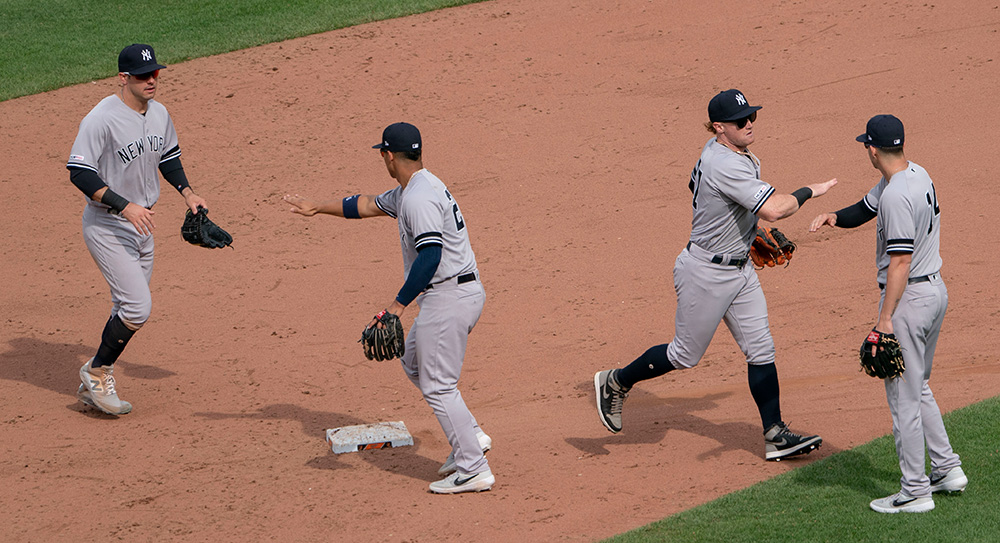Eric Longenhagen Chat- 1/3/2020
| 12:35 |
: Good morning from brisk Tempe and Happy New Year, everyone. Hope you had a nice holiday. The 2020 scouting schedule begins in a few weeks here in AZ, so I’m very excited. Let’s talk about some stuff…
|
| 12:35 |
: Help a debate. Is Yoshi Tsutsugo a prospect?
|
| 12:38 |
: He’s a *rookie* and you could argue we should slot him on the Rays list somewhere because of that. He’s going to be tough to FV since FV is mapped to one’s WAR during the years of team control, which for most everyone we evaluate means six-ish years. If we do that for Yoshi, that certainly encompasses his decline phase, unless perhaps we just do the length of his contract. We haven’t totally settled on it yet but there are problems with dropping him on a list.
|
| 12:38 |
: New year, new opportunity to hear your thoughts on Wander Javier and his upside?
|
| 12:40 |
: Upside is still the same (there’s power, body projection, INF athletic profile, etc.) but the likelihood he gets there feels lower since now we’ve seen a bunch of at-bats and there’s a clear swing and miss problem right now.
|
| 12:41 |
: Who is more likely to become a true ace: Daniel Lynch or Tarik Skubal? What are the odds we see them matching up in the big leagues this season?
|



